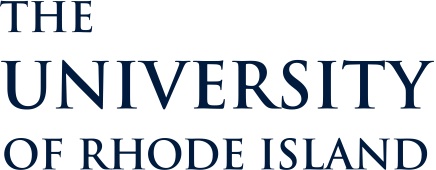For More Information:Jan Sawyer, 401-874-2116, [email protected]
FDA approves professor's petition for egg irradiation
KINGSTON, R.I. -- August 8, 2000 -- The Food and Drug Administration has approved the irradiation of eggs to kill salmonella. The ruling went into effect on July 21, 2000, following years of research, petitioning and testimony by University of Rhode Island Adjunct Food Science And Nutrition Professor Dr. Edward Josephson. It is estimated by the Centers for Disease Control that approximately 33-million cases of human illness and 9,000 deaths occur annually from foods infected with salmonella and other disease causing organisms, although many cases go unreported. According to Josephson, pasteurizing eggs with a low dose of radiation kills salmonella 99.9 percent of the time without harming or cooking its contents. Pasteurizing eggs is analogous to heat pasteurizing but without more than a few degrees rise in temperature. There is little or no change in nutrition quality, taste, appearance, texture or odor. To avoid extra handling and breakage, the process can be applied to the eggs in the carton.
Josephson says while many people associate radiating food with the atomic bomb, there's no relationship between the two. Eggs do not become radioactive just as a purse being checked at an airport does not house radioactivity nor does a person who has been X-rayed.
In fact, radiation is commonly used as a means of sterilization. Most needles, bandages, syringes, and women's personal hygiene products are radiated. Eye drops are sterilized by that method as are spices coming to the U.S. from hot, humid tropics. In 1997, the FDA gave the green light to the practice of irradiating fresh and frozen meats to destroy dangerous bacteria, such as deadly E.coli.
To date, 40 countries, including the U.S., have approved the use of radiation at specific doses to process particular foods. Poultry such as chickens carry salmonella. Hens get infected with the salmonella bacteria by either the food they eat or the air they breathe. The infection settles in the hen's ovaries and as a result the egg gets infected. The eggshell acts like a case that holds the infection in. An uncooked or undercooked egg is a potential source for salmonella. Eating eggs sunny side up or soft-boiled, licking a spoon of cookie batter or certain kinds of ice cream, drinking egg nog, and eating Caesar salad dressing comes with a risk.
The elderly, organ transplant recipients, chemotherapy patients, AIDs victims and other people with compromised immune systems are especially susceptible.
Josephson became interested in food radiation while working at the U.S. Army Laboratories at Natick, Mass. By 1961, he headed the food radiation research and development program for the Department of Defense. He testified five times before Congress between 1963 and 1987. After he left the Army, Josephson taught and researched at the Massachusetts Institute of Technology where he co-edited a three-volume textbook on food radiation. Fourteen years ago, the URI researcher began working in URI's Food and Nutrition Department with a former colleague Dr. Henry A. Dymsza. Josephson credits Dr. Ken Simpson, a retired URI food scientist, URI professor Chong Lee and former Ph.D. candidate Dr. Patrick Harewood for their help over the years. Their research over the years has been supported by two grants from M.D.S. Nordion, a company in Ontario, Canada. The grants were shared with the University of Massachusetts at Lowell where the eggs were radiated and the microbiology work completed by Dr. John Mallett.
###
